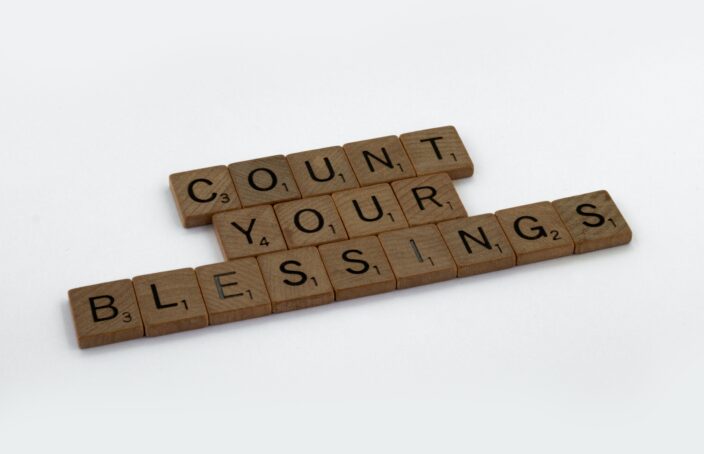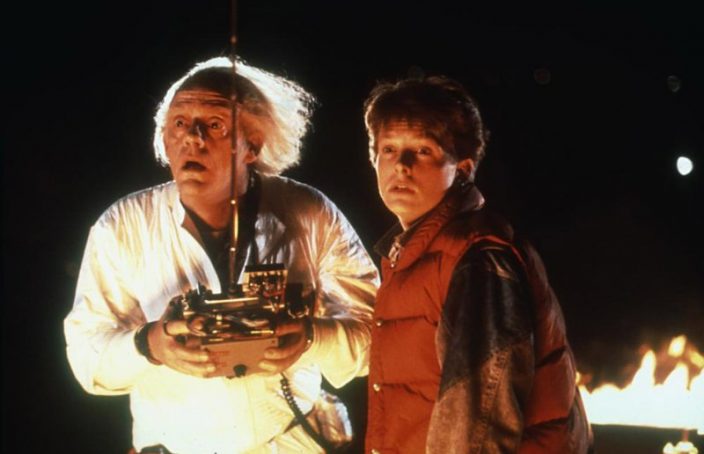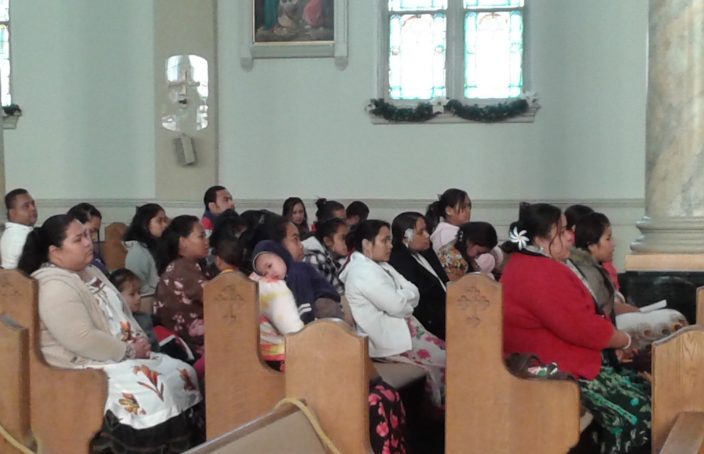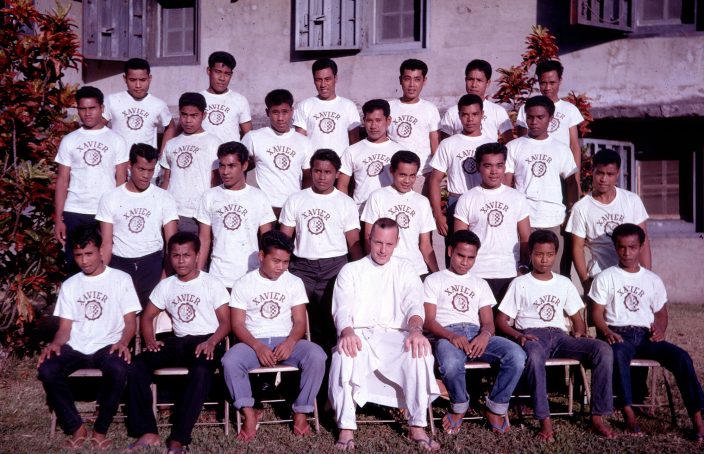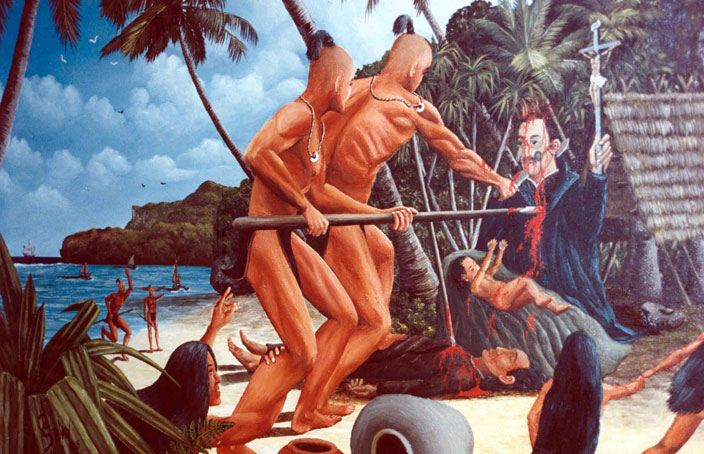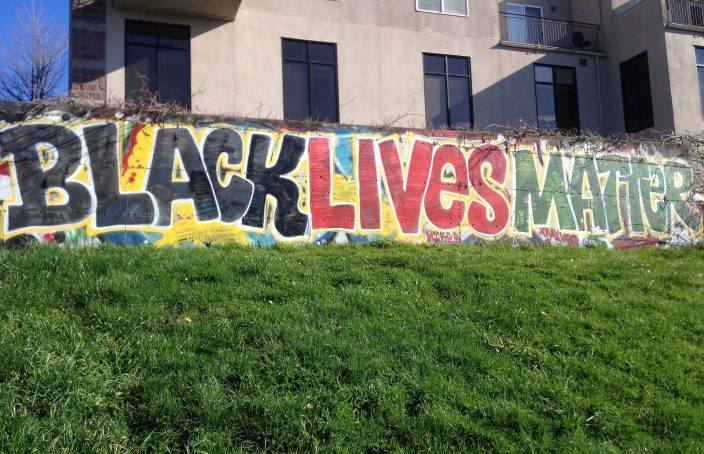What Panni Taught Me
Lots of us in this strange world of ours feel that we must have it all. We suffer from the kind of acquisitiveness that just never ends. An ordinary meal may be tasty, but there’s this elegant French place on the other side of town. My shirts might be clean and comfortable, but just look at those designer shirts with the pleated cuffs. Sure, we can live with what we already have, but our desire for better and more is boundless.
Read More
